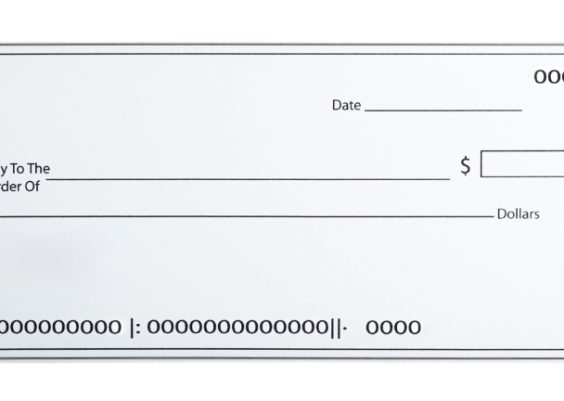In the fast-paced realm of blogging, visibility is paramount. Getting your blog posts indexed by Google promptly ensures that your content reaches your audience swiftly and appears in search engine results. While the natural indexing process can take time, there are strategies to expedite it and get your blog posts recognized by Google right away. In this article, we’ll explore effective techniques to master the art of instant indexing and enhance the visibility of your blog content.

1. Submit Your Sitemap to Google Search Console
Google Search Console is a powerful tool for webmasters, providing insights into how Google views your site. Submitting your blog’s sitemap to Google Search Console is a fundamental step in ensuring that search engines can easily discover and index your content. Once your sitemap is submitted, Google’s crawlers can efficiently navigate through your site, leading to quicker indexing.
2. Utilize Google’s URL Inspection Tool
Google’s URL Inspection tool within Google Search Console allows you to check the indexing status of a specific URL. By entering the URL of your newly published blog post, you can request indexing directly through this tool. This method notifies Google to prioritize crawling and indexing the specified page, expediting the process compared to waiting for the natural crawl schedule.
3. Leverage Social Media Platforms
Social media platforms act as powerful catalysts for instant content visibility. Share your newly published blog posts on popular social media channels like Twitter, Facebook, and LinkedIn. The high activity and visibility on these platforms signal to search engines that your content is relevant and worthy of prompt indexing. Social signals can positively impact your blog’s visibility in search engine results.
4. Optimize Your Website’s Crawl Budget
Google allocates a crawl budget to each website, determining the frequency and depth of crawling. Ensure that your blog’s crawl budget is optimized by eliminating unnecessary crawl errors, fixing broken links, and organizing your site’s structure. By enhancing the efficiency of the crawl process, you increase the likelihood of Google quickly indexing your new content.
5. Create and Submit an RSS Feed
An RSS feed is a dynamic tool that provides a structured summary of your blog’s content. Submitting your blog’s RSS feed to various RSS feed directories and aggregators can help accelerate the indexing process. Additionally, consider using Google’s FeedBurner service to enhance the visibility and accessibility of your RSS feed, facilitating faster recognition by search engines.

6. Implement Breadcrumb Navigation
Breadcrumb navigation not only enhances the user experience but also aids search engine crawlers in understanding your site’s hierarchy. Clearly defined breadcrumbs make it easier for Google to navigate and index your content swiftly. This structural clarity can contribute to faster indexing, especially for new blog posts.
7. Prioritize Mobile Optimization
With Google’s emphasis on mobile-first indexing, ensuring that your blog is optimized for mobile devices is crucial. Google prioritizes mobile-friendly content, and mobile-optimized websites are likely to be crawled and indexed more promptly. Use Google’s Mobile-Friendly Test to identify and address any issues affecting your blog’s mobile performance.
8. Implement Ping Services
Ping services notify search engines and directories about updates on your blog. By integrating ping services into your blogging platform, you can automatically notify search engines whenever new content is published. This proactive approach can significantly reduce the time it takes for your blog posts to get indexed.
9. Employ Schema Markup
Schema markup provides search engines with additional context about your content, helping them understand the specific details of your blog posts. By implementing schema markup, you can provide rich snippets of information that may be prioritized by search engines for faster indexing.
10. Regularly Update and Republish Older Content
A strategy often overlooked is updating and republishing older content on your blog. When you make significant updates to an existing blog post, search engines may treat it as fresh content, prompting a reevaluation of its relevance. Regularly revisiting and refreshing your evergreen content can contribute to consistent indexing and improved search rankings.
Mastering the art of instant indexing involves a strategic combination of proactive measures, technical optimizations, and leveraging the tools provided by search engines. By submitting your sitemap, utilizing Google’s URL Inspection tool, harnessing the power of social media, optimizing your blog’s crawl budget, creating and submitting an RSS feed, implementing breadcrumb navigation, prioritizing mobile optimization, employing ping services, utilizing schema markup, and regularly updating older content, you can significantly enhance the speed at which your blog posts are recognized and indexed by Google. Embrace these techniques to ensure that your valuable content reaches your audience swiftly and efficiently.




